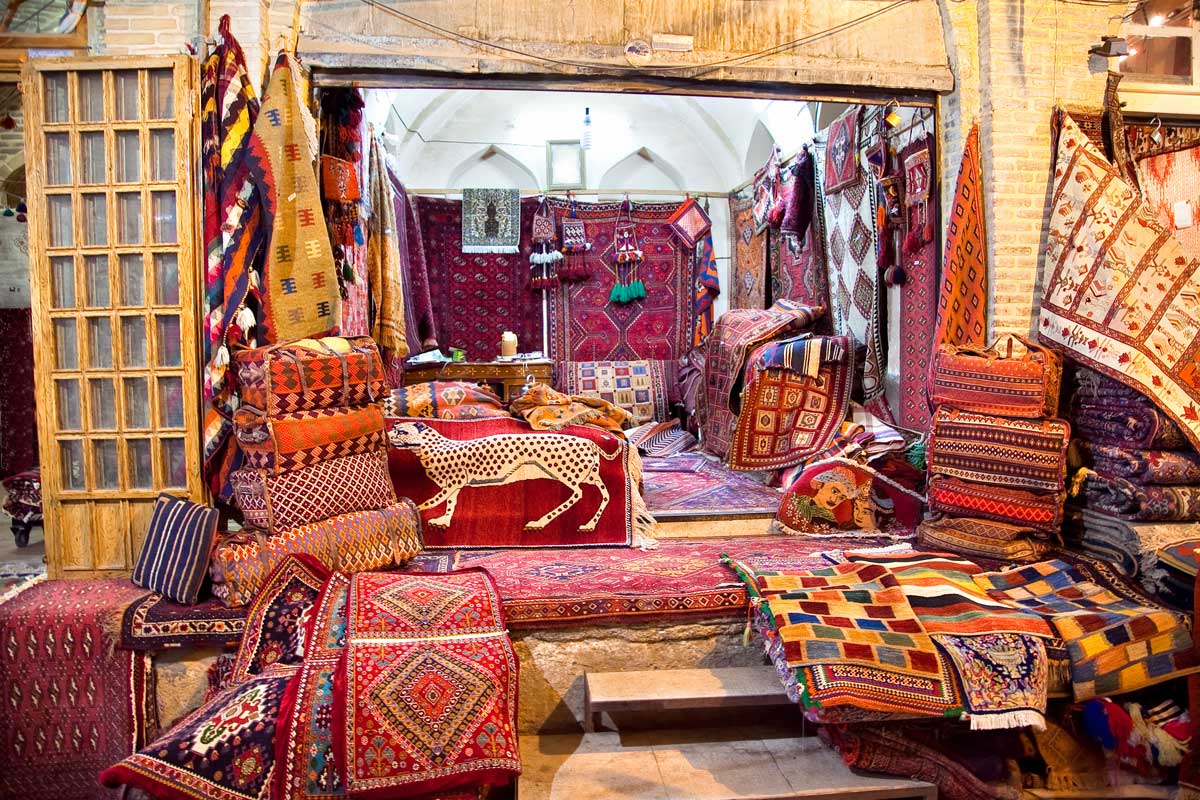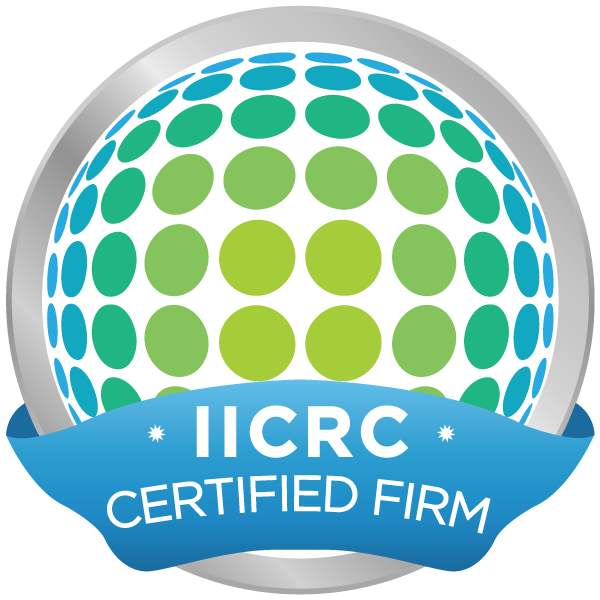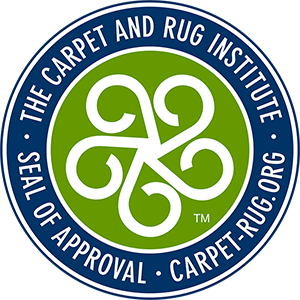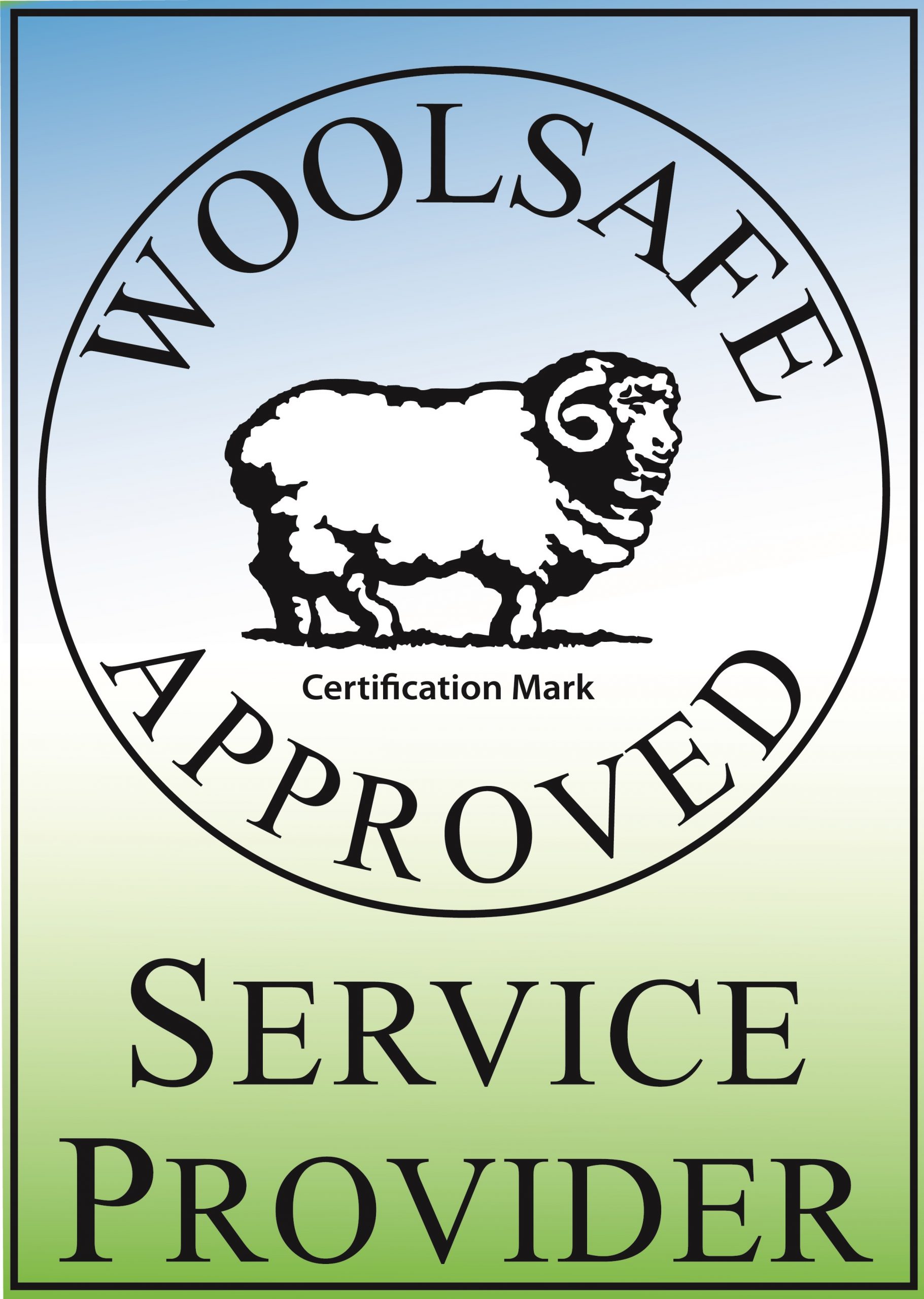
Ten Myths About Oriental Rugs You Should Know
As Oriental rug cleaning professionals, appraisers and repair specialists, Oriental Rug Salon is fortunate to be the “cleaner of choice” to many interior designers, rug collectors, and consumers who cherish their hand-woven textiles.
When speaking with clients we find they really don’t know anything about the history of their rug. In most cases, the rug retailer gave them “a little story” about the rug to help enhance the sale, and since the area rug had the “right colors,” they purchased the hand-woven treasure.
In some instances, the information the client received about their rug was wrong, and occasionally we’re the bearers of bad news when it’s time for a rug appraisal or thoroughly exhaustive cleaning. We’ve had instances where a client thought they had a hand-woven Persian rug when the facts were, the rug was machine made or production tufted in India.
To help readers have a better understanding of Oriental, Persian, Turkish and other hand-knotted wool and silk area rugs, here are a few myths that seem to be prevalent in the world of Oriental rugs.
Rug Myth Number One
Oriental rugs are identified only by design. FALSE!
The design is only one component used to identify rugs. A true Tabriz rug is made in Iran, yet a knock-off with the same design can be made in China.
Construction, the type of knot used, how the rug is put together, etc. is the method used to identify all rugs. Look at the back to first determine if it is machine-made, hand-knotted, flat-weave or some other specialty rug. Never “identify” an area rug based on the design alone.
Rug Myth Number Two
All oriental rugs appreciate in value. FALSE!
Most post-World War II rugs do not appreciate in value, nor will most rugs purchased new today.
Consumers most likely paid more for some rugs in the 60’s and 70’s than they are worth today. Many rugs that were purchased in the 80’s for $5000 can be purchased today, brand new for around $1,000.
Rug Myth Number Three
All old rug rugs are worth a lot. FALSE!
The condition is most important when determining value. An old rug in poor condition is just an old rug in poor condition. An old rug in good condition may also be without value if it lacks artistic merit. However, some old rugs are worth repairing and the value will increase with proper restoration.
Rug Myth Number Four
Persian (Iranian) rugs are better than rugs from other countries. FALSE!
Some older, traditional Persian rugs pre-WWII, such as Ferahan Sarouk, Motashem Kaskan, Tabriz, Bijar, Heriz, certain tribal pieces, and other well-constructed semi-antiques will always have a market in the right condition.
Rug Myth Number Five
Never vacuum oriental rugs. FALSE!
About 80 percent of soil in rugs is a dry particulate matter. These contaminants act as sandpaper and wear the rug creating traffic patterns and face yarn damage. Some rugs have a thick pile and if they are not regularly vacuumed and cleaned, the soil will become so embedded it becomes a difficult task to finally remove all of it
Area rugs should be vacuumed frequently and always vacuum parallel to avoid damaging the fringe.
We recommend sweeping your area rug with a broom to help dislodge embedded soils and then vacuum.
You can also view our video on how to vacuum your area rug here: https://orientalrugsalon.com/videos/vacuum-area-rugs/
Rug Myth Number Six
Knot count is the best indication of value. FALSE!
The value of only a few traditional Persian rugs is partially determined by knot count. Examples are Nain and Isfahan. The value of silk rugs is also partially based on knot count.
New, mass-produced rugs from China, India, and Pakistan come in a variety of qualities and designs. Generally speaking, the more knots per square inch, the higher the price per square foot. However, once these mass-produced rugs are used, their value in the secondary market is not based on knot count.
A machine-made rug with a high knot count will not be as valuable as a hand-woven rug with a similar or slightly less knot count. As a matter of fact, the value will not even be close.
Rug Myth Number Seven
Oriental rugs should never be wet cleaned. FALSE!
A well-constructed oriental rug can certainly be wet cleaned after first doing a pre-cleaning inspection including a colorfastness test. The Oriental Rug Importers of America recommends that hand-made rugs be cleaned every 2 to 4 years, based on traffic, spills, pets, and the indoor environment.
At Oriental Rug Salon, and in fact, at most professional rug cleaning facilities worldwide, over 90% of all quality area rugs are wet cleaned.
What you should NEVER do is have your wool or silk area rug cleaned in the home by a carpet cleaning company. Hand-knotted or tufted wool or silk area rugs require special care and attention by rug cleaning professionals with years of experience and specialized cleaning solutions and facilities.
Never trust the care of your area rug to some kid on commission or inexperienced carpet cleaner.
View our video on how often you should have your rug cleaned: https://orientalrugsalon.com/videos/often-clean-rug/
Rug Myth Number Eight
Oriental rugs should never have a protector applied. FALSE!
Wool and silk fibers are resilient to wear however these fibers are susceptible to permanent staining that can be caused by drink and food spills or tracked in grime found on the bottom of shoes. Our pets can also create permanent stain by accident.
Rug protectors do not make wool or silk fibers bulletproof but do allow blotting up of spills to be much more effective and can prevent spots from becoming stains.
You can view our video on the value of rug protector by clicking here: https://orientalrugsalon.com/videos/what-is-protector/
Rug Myth Number Nine
Rug pad is a waste of money. FALSE!
Rug pad provides a protective layer between the rug and the floor. It helps minimize slippage, increases the life of the rug, makes the rug feel thicker and more luxurious, smoothes out irregularities in the floor, and absorbs noise. All pads are not created equal. The best pads for tile floors have a layer of synthetic felted material with rubber coating on the backside.
You can view our video on the value of rug padding here: https://orientalrugsalon.com/videos/need-rug-pad/
Rug Myth Number Ten
Silk rugs are a great floor covering. FALSE!
Silk rugs (or most anything silk) are expensive. Silk rugs are not practical to use on the floor. They are not as durable and because certain manufacturers use poor quality silk and dyes, they cannot be cleaned as invasively as good wool rugs. Once they become quite soiled, it is difficult to restore them to their original appearance. Though they can be beautiful, they are best used a wall decoration or in a room with minimal foot traffic. Always use a quality rug pad with silk rugs.
Oriental Rug Salon is a full-service area rug cleaning, repair and appraisal firm serving clients nationwide. We are a Certified partner with the prestigious Institute of Inspection, Cleaning and Restoration Certification (IIICRC) and the International Carpet & Rug Institute (CRI). In addition, we are A+ Rated with the Better Business Bureau and a six-year-in-a-row winner of the coveted Angie’s List Super Service Award.
A well-cared-for Oriental area rug will last for many generations. Regular sweeping and vacuuming, rotating it every six months or so, making sure that the fibers have been protected with a quality rug protector and routine professional cleaning and most area rugs will well outlive their owners.
If we can ever be of service, please do not hesitate to give Oriental Rug Salon a call anytime at 239-424-8171 or visit us online at www.OrientalRugSalon.com
Also please LIKE US on Facebook to receive tips and money-saving coupons on cleaning services and repairs. Our Facebook address is: https://www.facebook.com/OrientalRugSalon/
Oriental Rug Salon offers area rug cleaning, area rug repairs, fringe replacement and repair, moth damage repair and treatment, pet urine odor removal, pet urine treatments, Oriental area rug appraisals
Oriental Rug Salon services clients nationwide and offers free pick-up and delivery of most area rugs in the cities of: Cape Coral, Fort Myers, North Fort Myers, Fort Myers Beach, Estero, Bonita Springs, Naples, Marco Island, Lehigh Acres, Alva, Buckingham, Punta Gorda, Port Charlotte, Matlacha, Saint James City, and Bokeelia Florida.



